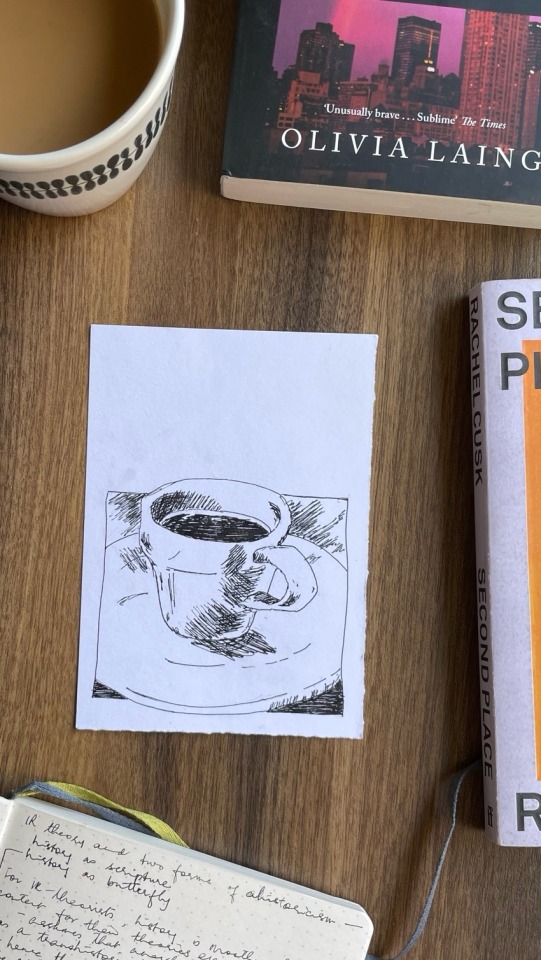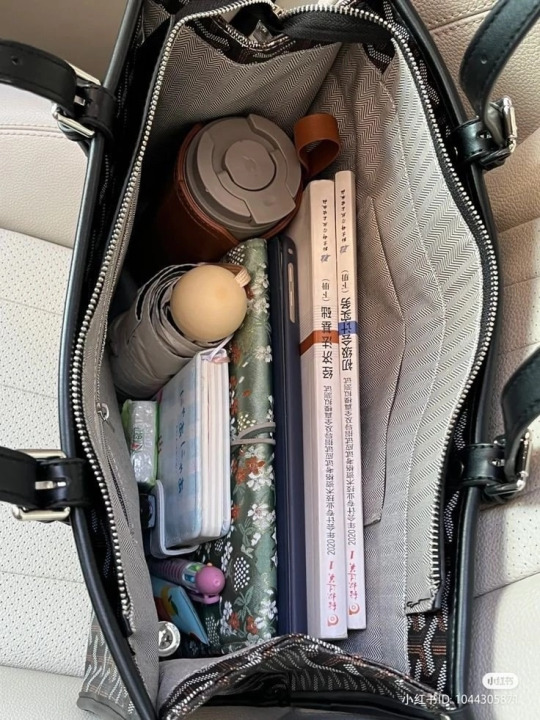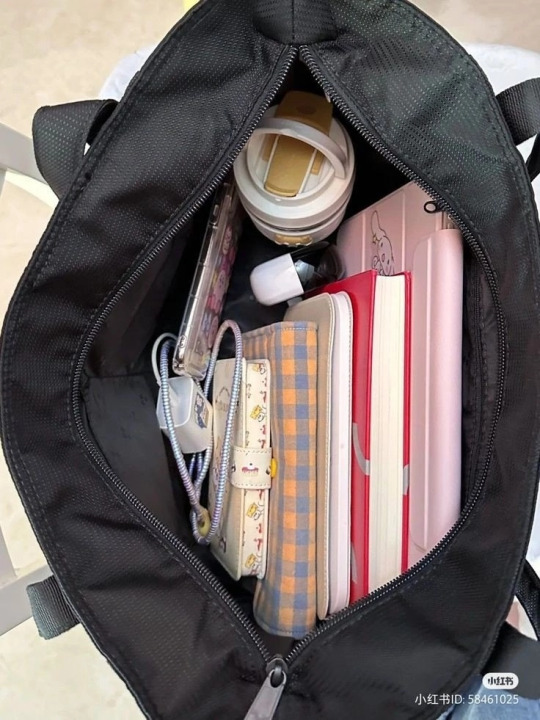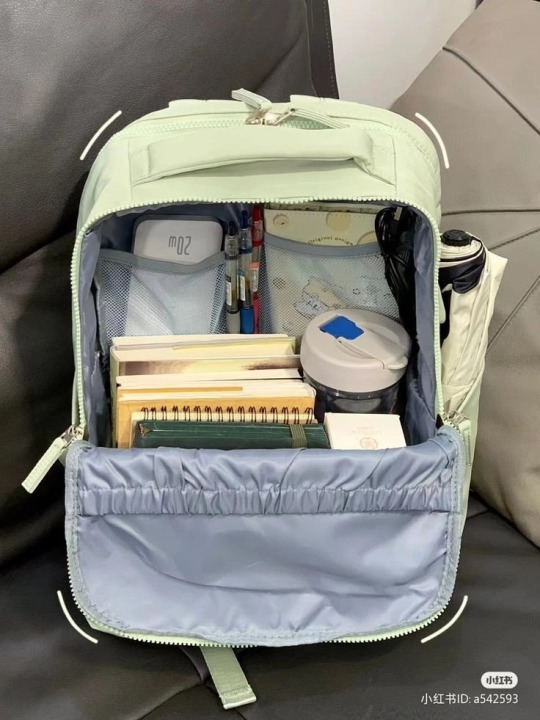Text

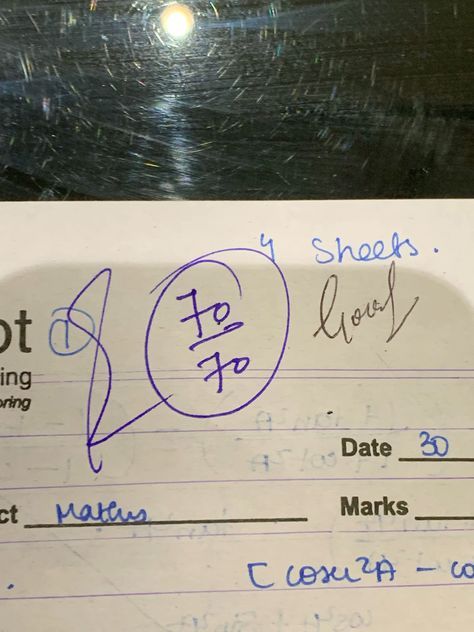

how to stay motivated long-term
trust, me i know that long-term motivation and consistency is hard. long-term motivation might be difficult to maintain, but there are effective techniques to help you stay focused and determined. whether you're seeking personal ambitions, academic achievements, or professional success, here are some strategies to help encourage motivation:
understand the reason behind your goal ☆ does your goal contribute to personal growth or meaningful relationships? ☆ how does your goal impact others? ☆ is your goal meaningful to you? if your goal lacks meaning, it may be hard to maintain motivation.
positive and negative motivation motivation can come from different places ☆ positive motivation: the desire to experience pleasure ☆ negative motivation: the desire to avoid something (an outcome) both types of motivation have their place, so learn to recognise what type fits in where.
set up systems use your initial motivation to set up structures: ☆ create routines, systems and habits that help you towards your goal even when your motivation fluctuates ☆ when your emotions wane, rely on these systems and disciplines to maintain momentum
break down goals ☆ tackle one goal at a time to avoid feeling overwhelmed ☆ set achievable milestones and celebrate each step forward ☆ keep the momentum going by focusing on manageable tasks
validate good work ☆ give yourself a little reward, or thank yourself, for completing hard tasks ☆ this reinforces motivation and encourages effort
remember--motivation isn't in a constant state, it ebbs and flows. these small tips will help to stay motivated. i'm going to provide more information in upcoming posts, and i will link them here once they are published.
luck on your journey ❤️
3K notes
·
View notes
Text



tbt to January this year, when I still learned Swedish! Maybe I have the time to take the B2 course next semester
2K notes
·
View notes
Text
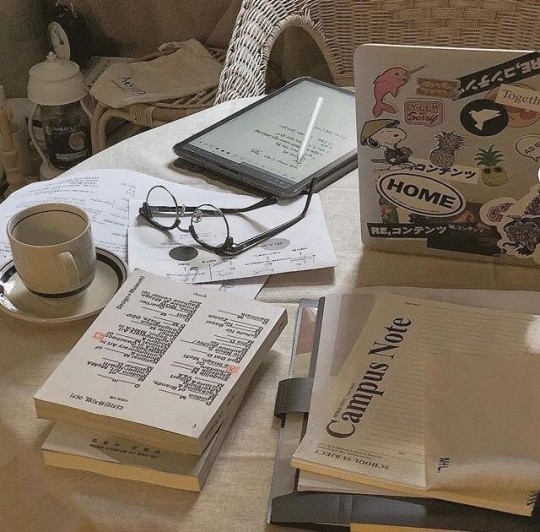
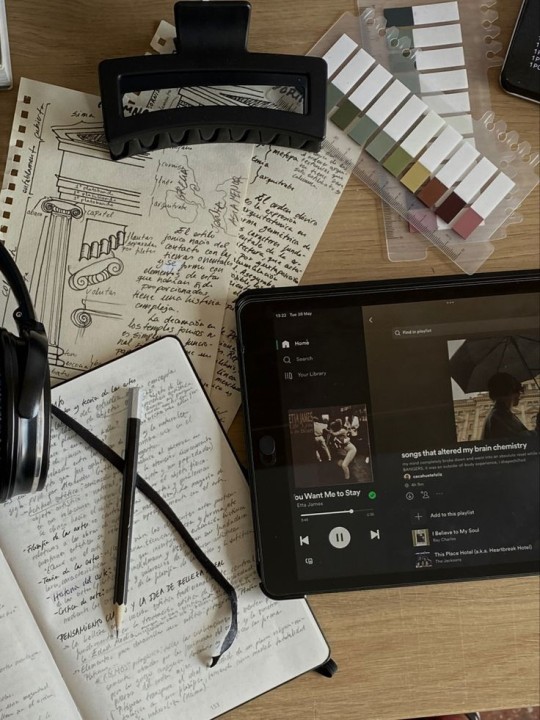

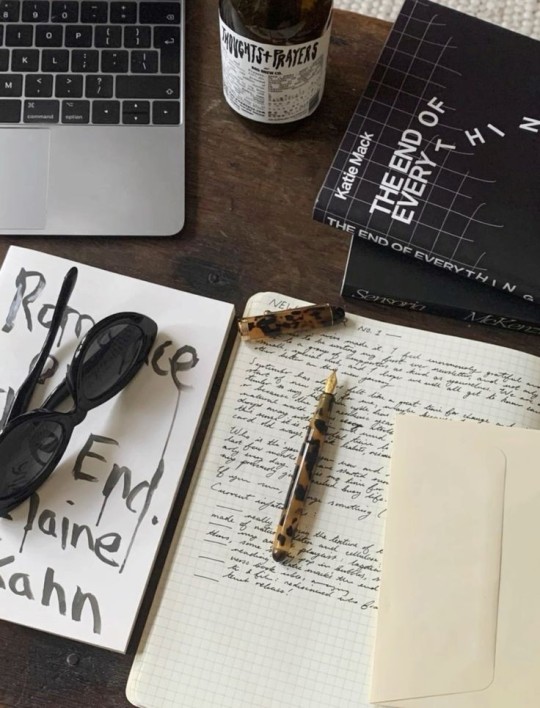
Learning is not slowing down, it’s constant change! If you want to be great, you need to keep learning.
2K notes
·
View notes
Text
things to add to your journals
song lyrics for a specific mood
spotify codes for favourite songs
receipts from a trip
envelope for gifts from any small children you know
pages to press flowers in
ticket stubs
fortune cookie readings
daily three-card tarot pulls
watercolour paper for art
page cutouts
watercolours just in general
pressed flowers
other dried herbs
sketches (taped or glued in)
morning/evening routines
colour in the leftover paper backing from stickers and glue/tape it in
friendship bracelets that may have broken or come off
grocery lists or other shopping lists (glue in if written on other paper)
book quotes
block poetry (you'll have to take a page out of a book for this)
mental health goals
halloween: candy wrappers
fabric scraps
family recipes
different textured papers
stamps
coins
10K notes
·
View notes
Text

Reblog if you stand against order, civilization, and goodness itself
139K notes
·
View notes
Text


Bucky Barnes & Steve Rogers THUNDERBOLTS (2023) #3
823 notes
·
View notes
Text
Things I wish I had read in "beginner" sewing tutorials/people had told me before I started getting into sewing
You have to hem *everything* eventually. Hemming isn't optional. (If you don't hem your cloth, it will start to fray. There are exceptions to this, like felt, but most cloth will.)
The type of cloth you choose for your project matters very much. Your clothing won't "fall right" if it's not the kind of stretchy/heavy/stiff as the one the tutorial assumes you will use.
Some types of cloth are very chill about fraying, some are very much not. Linen doesn't really give a fuck as long as you don't, like, throw it into the washing machine unhemmed (see below), whereas brocade yearns for entropy so, so much.
On that note: if you get new cloth: 1. hem its borders (or use a ripple stitch) 2. throw it in the washing machine on the setting that you plan to wash it going forward 3. iron it. You'll regret it, if you don't do it. If you don't hem, it'll thread. If you don't wash beforehand, the finished piece might warp in the first wash. If you don't iron it, it won't be nice and flat and all of your measuring and sewing will be off.
Sewing's first virtue is diligence, followed closely by patience. Measure three times before cutting. Check the symmetry every once in a while. If you can't concentrate anymore, stop. Yes, even if you're almost done.
The order in which you sew your garment's parts matters very much. Stick to the plan, but think ahead.
You'll probably be fine if you sew something on wrong - you can undo it with a seam ripper (get a seam ripper, they're cheap!)
You can use chalk to draw and write on the cloth.
Pick something made out of rectangles for your first project.
I recommend making something out of linen as a beginner project. It's nearly indestructible, barely threads and folds very neatly.
Collars are going to suck.
The sewing machine can't hurt you (probably). There is a guard for a reason and while the needle is very scary at first, if you do it right, your hands will be away from it at least 5 cm at any given time. Also the spoils of learning machine sewing are not to be underestimated. You will be SO fast.
I believe that's all - feel free to add unto it.
39K notes
·
View notes



















